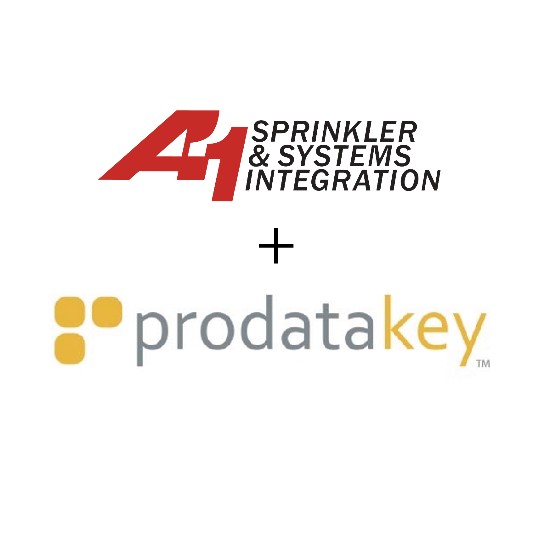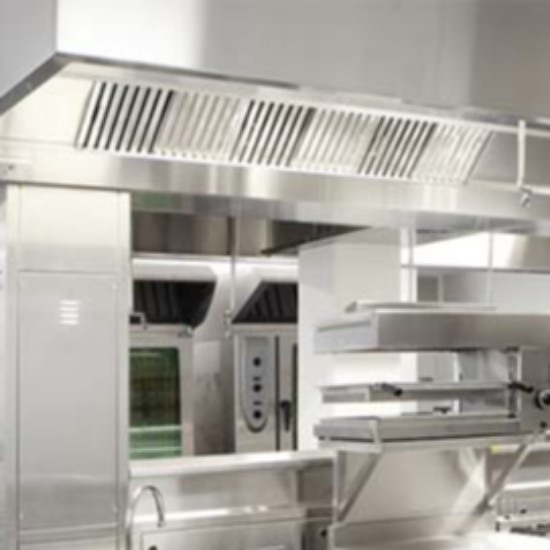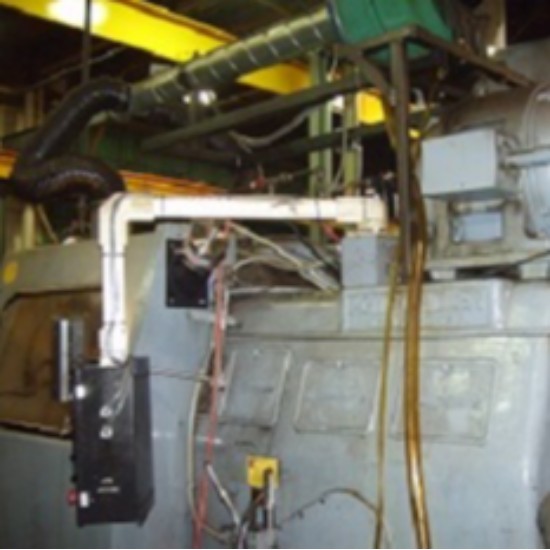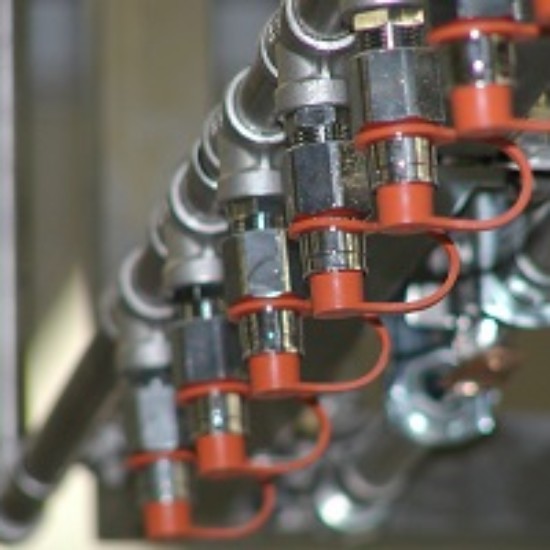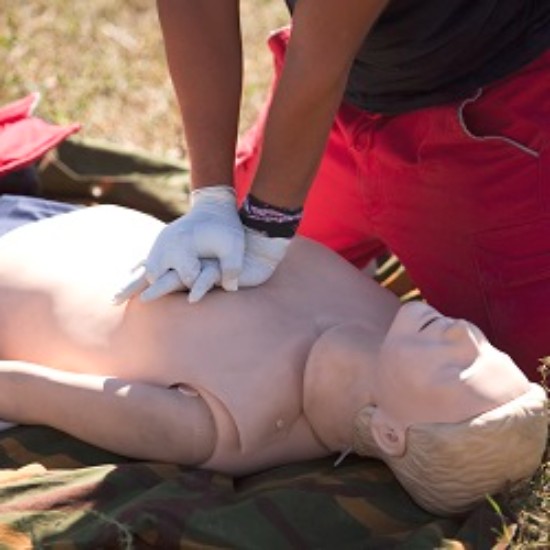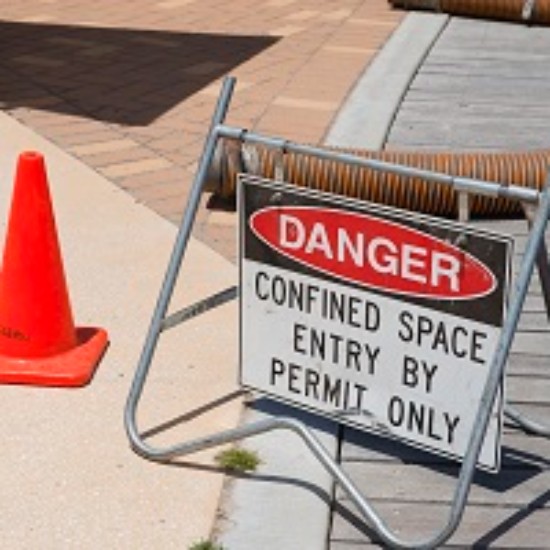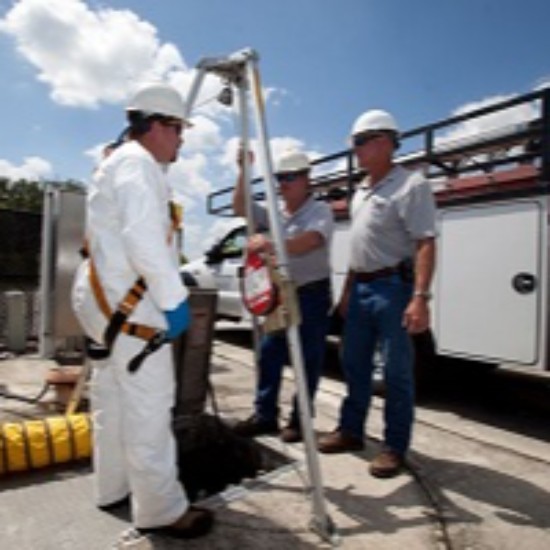Complete Protection. One Partner.
SUPPRESSION RESOURCES
Learn about fire extinguisher training, how often to get your extinguisher checked, how often you need to replace your extinguisher, and much more.
Click HereCERTIFIED PARTNER PRESS RELEASE: A1 SPRINKLER & SYSTEMS INTEGRATION + PRODATAKEY
Miamisburg, OH, June 11, 2024— A1 Sprinkler & Systems Integration is now a ProdataKey certified partner. By adding ProdataKey (PDK) to their offerings, A1 Sprinkler & Systems Integration now delivers to customers a secure...
KITCHEN HOOD SYSTEMS SIMPLIFIED
Cooking is the leading cause of death and destruction from fires in the U.S. Cooking fires account for $16.4 million in property damage annually. Additionally, cooking was the leading cause of fire in all healthcare facilities (nursing home, hospital, mental health facility, clinic or doctors office...
CNC & MACHINE TOOL FIRE PROTECTION
The number of CNC machines throughout the world has grown dramatically as they have become established as state-of-the-art equipment for milling, drilling, grinding, tapping, honing, turning and other operations critical to manufacturing. These machines can cost up to $200,000 each, and are designed to run 24/7 in a demanding, often grueling work environment.
Fires in CNC machines are...
STAT-X FOR FIRST RESPONDERS
What is Stat-X?
The Stat-X compound is the most effective fire-extinguishing agent currently available – many times more effective than conventional agents by mass. The Stat-X First Responder contains the same compound used in the fixed Stat-X generators. The Stat-X First Responder works by interrupting the chain reaction of the fire. Potassium radicals are the main active component o...
12-YEAR HYDROSTATIC TEST FOR KITCHEN SUPPRESSION SYSTEMS
Kitchen suppression systems are designed, tested, and approved to provide fire protection for commercial kitchen cooking appliances, hoods, and ducts. The suppression systems consist of an agent storage tank, manual release station, an automatic releasing mechanism, and supply piping that directs the agent to nozzles strategically positioned at heat sources in the kitchen.
NFPA 17 require...
CUSTOMIZE YOUR FIRST AID PROGRAM
First Aid Programs are a necessary part of any workplace to address injuries and illnesses. Basic First Aid Programs include CPR training and quick response first aid basics. Other program elements include basic first aid intervention, basic adult CPR, and universal precautions for self-protection.
Your workplace First Aid Program should go further than the basics. Your program should cov...
PRECAUTIONS NEEDED FOR CONFINED SPACE INSPECTIONS
Life Safety inspections must be completed on all required devices, including backflow devices, regardless of where they are placed. A confined space is an enclosed area with limited space and accessibility that has the potential for a significant hazard to be present. A confined space is not necessarily designed for people to occupy it and has limited means of entry or exit, but is large enough...
WHEN IS A BACKFLOW PIT A PERMIT-REQUIRED CONFINED SPACE?
A confined space is a space that is large enough and arranged so that an employee can physically enter, but has limited or restricted means for entry and exit, and is not designed for continuous occupancy. If a confined space contains serious hazards, then OSHA defines it has a permit-required confined space. Permit-required confined spaces must be identified and accessed with additional cautio...
SMOKE DETECTOR SENSITIVITY TESTING
Your fire safety system depends on the accurate detection of smoke by your smoke detectors. In order to ensure your smoke detectors are working properly, and able to protect your people and assets, you must have sensitivity testing completed on a regular basis.
Smoke detectors are designed to function effectively within a specific range of sensitivity to smoke. This range is set by the ma...
TOP 10 OSHA SAFETY VIOLATIONS
Many injuries and illnesses that occur in the workplace are preventable. To assist employers in identifying and correcting hazards, OSHA publishes the list of the top 10 standards most frequently cited after an OSHA worksite inspection from the previous year.
The most recent list published is from Fiscal year 2015, which was October 1, 2014 through September 30, 2015. The following standa...

